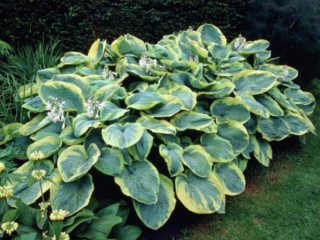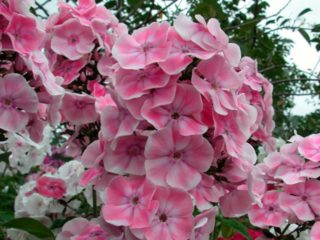Content
Dichondra Emerald Falls is an ornamental plant with creeping flowing stems. It is often used for natural decoration of rooms, flower beds, terraces. Growing dichondra Emerald Falls from seeds and further care are not difficult even for a novice gardener.
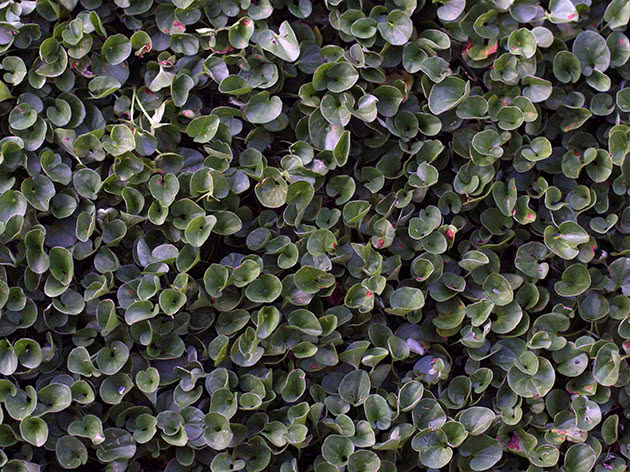
The plant has round green leaves
Description of Dichondra Emerald Falls
Dichondra hybrid Emerald Falls is a herbaceous plant, the climbing stems of which reach 1.5 m in length. The leaves on the vines are small, round, slightly pubescent, rich green emerald color. They create a dense head of greenery in the places where they grow. Flowers dichondra emerald waterfall are very small, yellowish in color. Against the general background of the plant, they are hardly noticeable, since they barely reach 3 mm.
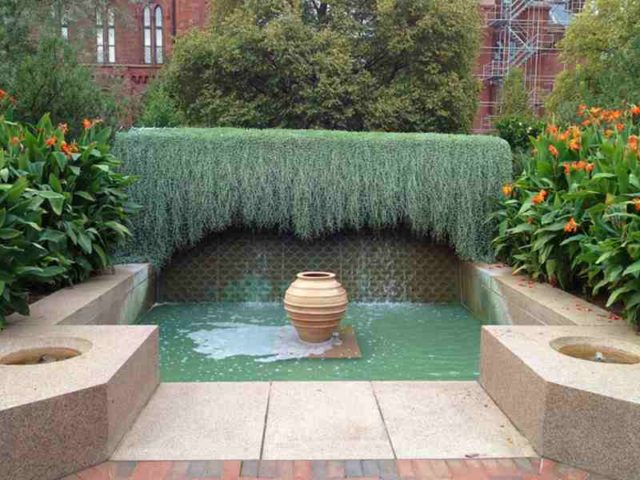
Using a plant, you can simulate a waterfall
Application in landscape design
Dichondra Emerald Falls - ampelous and ground cover plant. Most often it is grown in hanging pots. Decorate walls, balconies, arches, terraces, gazebos and other objects. If you plant a plant in open ground, then it will creep beautifully along the ground, form a solid carpet and become an excellent backdrop for bright colors.
With its help, you can shade the veranda, cover an alpine slide or flower bed with greenery. Combines with lobelia, petunia and other decorative items. Dichondra Emerald Falls is ideal for creating hedges or garden sculptures.
The plant is successfully used in landscape design when it is required to create the illusion of a babbling brook. The dichondra emerald waterfall looks attractive in shady gardens under the trees, where ordinary grasses cannot grow. In the shade, the leaves of the plant grow larger. It can be planted in the patio, between the walkway slabs.
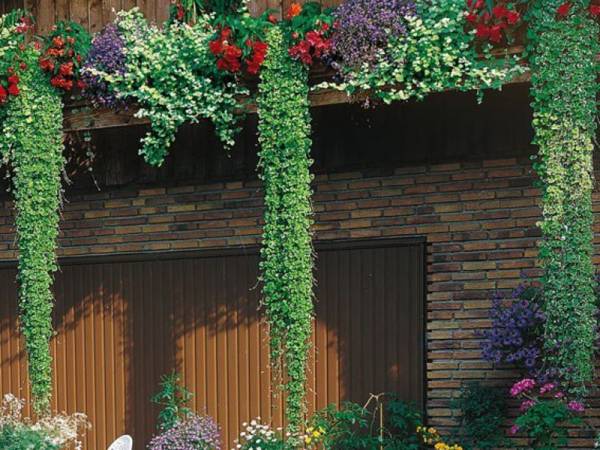
The branches of the plant grow up to 2 m or more in length.
Breeding features
There are 3 breeding options for the Emerald Falls dichondra. The simplest is layering. At home, if growing in a pot, you need to surround the plant with plastic cups filled with earth. Place 3 branches on each homemade pot and press with stones (marble chips) to the ground. Hairpins or something else can be used to help anchor the branches in close contact with the ground. Dichondra will germinate very quickly (2 weeks). After that, all young plants are separated from the mother bush.
The second way is propagation by cuttings. It goes according to the following scheme:
- cut off several branches;
- put them in water until roots form;
- transplant into the ground.
The third method is the most difficult - it is growing by seeds.
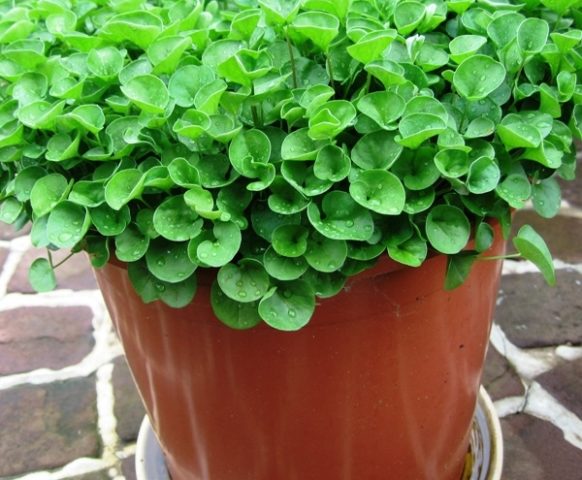
The plant is planted in pots, pots or open ground
Growing dichondra seedlings Emerald Falls
Seeds of dichondra Emerald Falls are germinated through seedlings, sowing them in March-April. Transplantation to a permanent place is carried out in May, when the threat of spring frosts passes.
When and how to sow
You need to start early - from late January to early spring. Sowing dates depend on when the dichondra, according to the plan of the gardener, should turn green. Place the mixture of earth, sand and perlite in a suitable container. It can be a regular plastic container.
Spread the seeds over the surface of the planting soil. Sprinkle with Epin (growth stimulant) water on top. Sprinkle lightly with a thin layer of earth, but no more than 0.3-0.5 cm. Then moisten again with a spray bottle. Cover the container with a lid and remove to a warm place. The usual room temperature + 22 + 24 degrees will be enough.
Seedling care
In a maximum of a week, the seeds will begin to germinate, soon forming small bushes. They should be seated in separate plastic cups. Add to each plant about 10 granules (pinch) of "Carbamide" (urea). Apply the fertilizer to the bottom layer of the soil so that it does not burn the root system. Sprinkle each bush with a mixture of water and a growth stimulant. In early to mid-May, you can plant the plant in open ground.
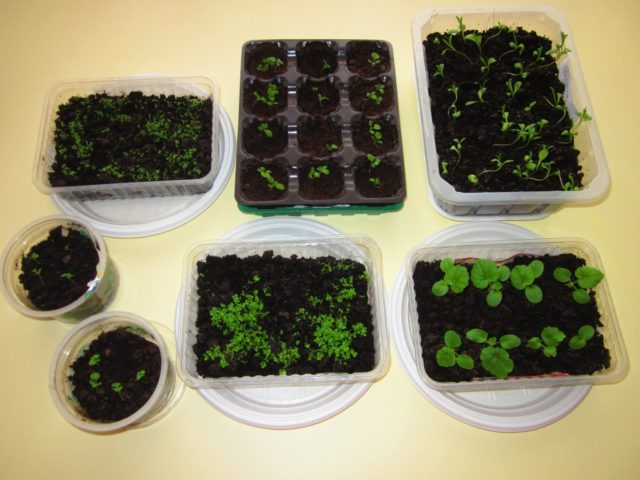
Sow seeds in small plastic containers with standard soil
Planting and care in the open field
After small bushes have formed in the landing containers, and it is May on the street and the weather is warm, you can think about transplanting into pots. Some immediately place the plant on the flower bed.
Timing
In the spring in May, in the southern territories of the country, the land, as a rule, warms up well and the seedlings of the Emerald Falls dichondra can be planted in open ground. In the northern regions, this happens a little later, in early to mid-June. The degree of readiness of the seedlings also depends on when the seeds were planted.
Site selection and soil preparation
The place for planting dichondra Emerald Falls is better to choose a sunny one, since this plant is light-loving. But it can grow well in light partial shade, and even in the shade. It also does not have any special requirements for the composition of the soil. It is better suited for drained loamy soil with a pH level of 6.5-8 (slightly acidic, neutral).
Landing algorithm
The earth is loosened, separate holes for bushes are formed every 20-25 cm. Their depth should be sufficient to accommodate the rhizomes of the plant along with the soil from the container. The soil around should not be too compacted. It will be enough to crush it a little and make good watering.
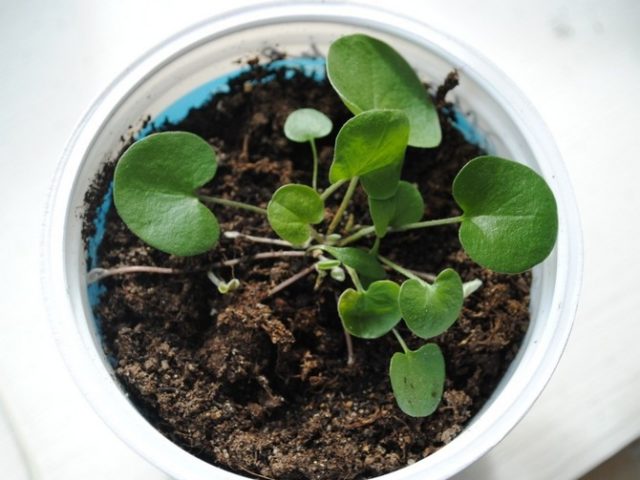
Seedlings are planted in the ground in May-June
Watering and feeding schedule
Dichondra Emerald Falls is quite resistant to short-term droughts, but watering should be present and be regular. Otherwise, the plant will curl and shed the leaves. It is advisable to do it in the evening - burns will not form on the surface. Excess water does not need to be poured so that there is no stagnation of liquid in the soil.
Dichondra Emerald waterfall during the growing season (April-September) needs regular feeding (once every 15 days). This is an ornamental deciduous plant, so it does not need phosphorus-potassium fertilizers. Mainly nitrogenous fertilizing such as urea should be used.
Weeding
Weeding the Emerald Falls dichondra should be carried out as often as possible to avoid contamination of the plant with pathogenic insects. It is better to do it manually. This is the only way to exclude damage to the stem and closely spaced roots.
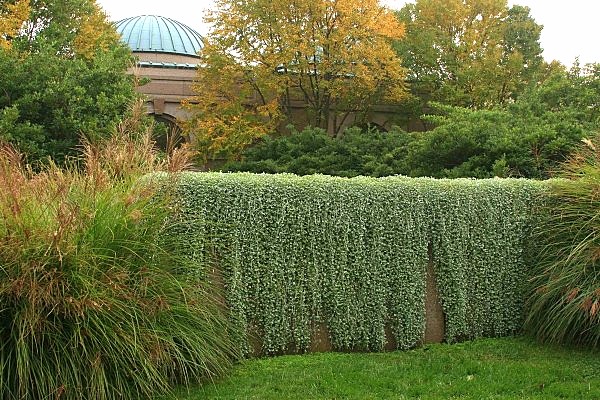
Dichondra Emerald Falls - ampelous plant
Pruning and pinching
Dichondra bush The Emerald Falls must be shaped. To do this, pinch the tips of the branches, and when the stems grow too large, they are shortened. In warm climates, they can stretch up to 6 m. Obligatory pruning is carried out before wintering.
When the regrown shoots reach the soil, they immediately release the rhizomes for rooting in it. If this process is not prevented, the Dichondra Emerald Falls very quickly forms a dense carpet, completely hiding the area of the soil on which it is located.
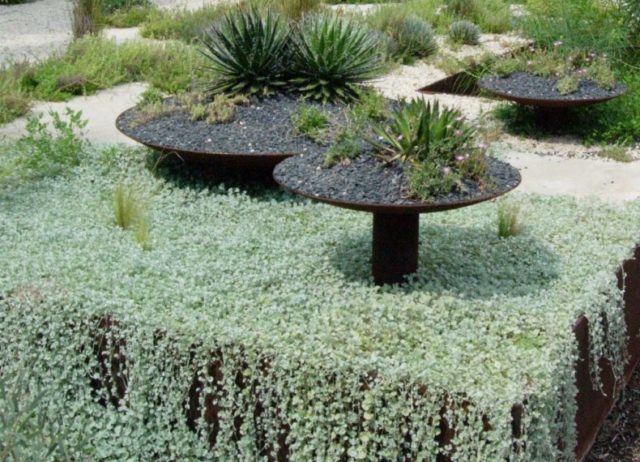
The plant is easy to give a decorative shape
Wintering
In the southern regions, where winters are usually warm and mild, the Emerald Falls dichondra can be left outdoors for the entire cold period. In this case, the plant must be sprinkled with earth on top, and then covered with foil and covered with leaves.
In regions where winters pass at low temperatures, the plant is dug up and moved to the greenhouse, to the insulated loggia, balcony. In the spring, they are planted again. Cuttings are also cut from the preserved plant (motherboard). They quickly give their own root system, after which they can be planted in open ground.
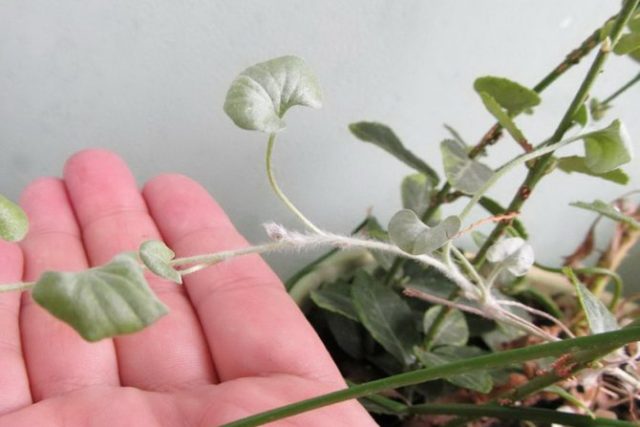
For the winter, some leaves of the plant curl and dry out.
Pests and diseases
Dichondra Emerald Falls is very weed resistant. In the area where it grows, they hardly grow. The plant has the same high immunity from various pests and diseases.
Despite this, Dichondra Emerald Falls can suffer from nematodes - microscopic worms that grow well in high humidity conditions. It is impossible to remove them, the plant dies. It is better not to wait until the end, but to get rid of the bush right away to prevent infection of the rest.
Fleas, aphids and other small insects can settle on the Dichondra Emerald Falls. From them, you need to use acaricidal drugs. Preventive measures such as avoiding mulching and regular hand weeding will also help prevent the spread.
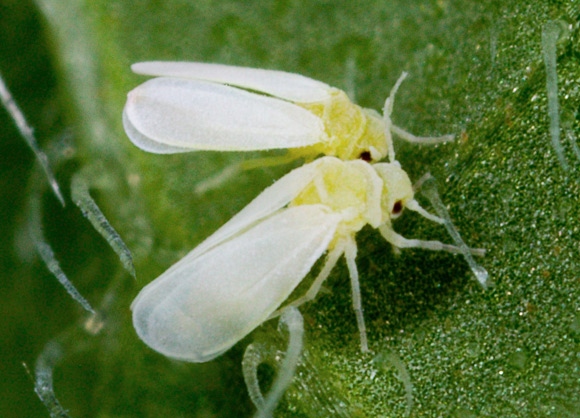
Aphids eat the green leaves of the plant
Conclusion
Growing Dichondra Emerald Falls from seeds takes a long time. It is easier and simpler to reproduce by layering or, which is also not difficult, by cuttings.
Testimonials

